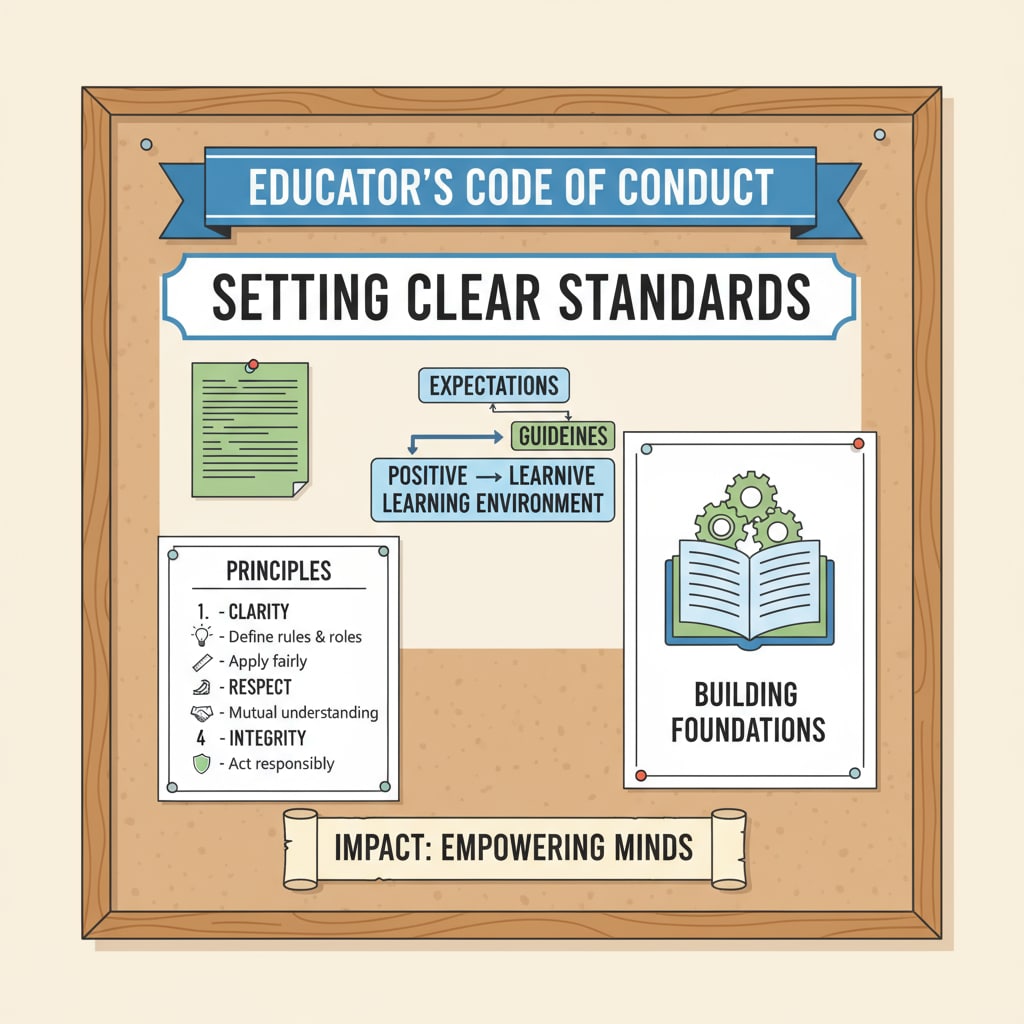In the realm of K12 education, teacher conflicts, hostile work environments, and management dilemmas are challenges that administrators frequently encounter. A teacher who is highly effective in the classroom but creates a toxic atmosphere can disrupt the overall school ecosystem. For example, a teacher might be excellent at improving student test scores but constantly engage in arguments with colleagues, creating an uncomfortable work environment. This not only affects the morale of the teaching staff but also has a ripple effect on students’ learning experience.

The Impact of Hostile Teachers on the School Environment
Hostile teachers can have far-reaching consequences. Firstly, they can damage team morale. When a teacher is constantly confrontational or uncooperative, it makes it difficult for colleagues to work together effectively. According to The National Education Association, a negative work environment can lead to increased stress and burnout among teachers. Secondly, it can affect student performance indirectly. Teachers who are at odds with each other may not collaborate on lesson plans or share resources, which could limit the quality of education students receive.
Setting Clear Standards and Expectations
To address these issues, administrators need to establish clear standards of behavior. This includes creating a code of conduct that outlines respectful communication, cooperation, and professional behavior. For example, the code could state that teachers should avoid public criticism of colleagues and instead address issues in a private and constructive manner. By setting these standards, administrators can provide a framework for what is acceptable behavior in the school environment.

Collecting Evidence of Problematic Behavior
Before taking any action, it’s crucial to gather evidence of the hostile behavior. This can be in the form of written complaints from colleagues, observations of disruptive interactions, or even emails that show inappropriate communication. Administrators should ensure that the evidence is objective and reliable. By having solid evidence, they can approach the teacher in a more informed and fair manner, as per the guidelines provided by Education Week.
Intervention Strategies
Once evidence is collected, administrators can implement intervention strategies. One approach could be to arrange a private meeting with the teacher to discuss the concerns. During this meeting, the focus should be on the behavior and its impact rather than personal attacks. Another strategy could be to provide professional development opportunities related to conflict resolution and teamwork. This can help the teacher understand how to interact better with colleagues and contribute to a positive work environment.
In conclusion, dealing with teacher conflicts, hostile work environments, and management dilemmas requires a systematic and proactive approach. By setting clear standards, collecting evidence, and implementing appropriate intervention strategies, administrators can create a more harmonious and productive school environment for both teachers and students.
Readability guidance: The article uses short paragraphs and lists to summarize key points. Each H2 section provides a clear focus. Passive voice and long sentences are kept to a minimum, and transition words are used throughout to enhance flow.


